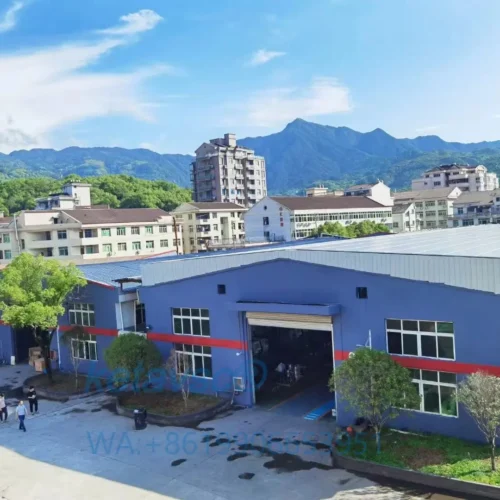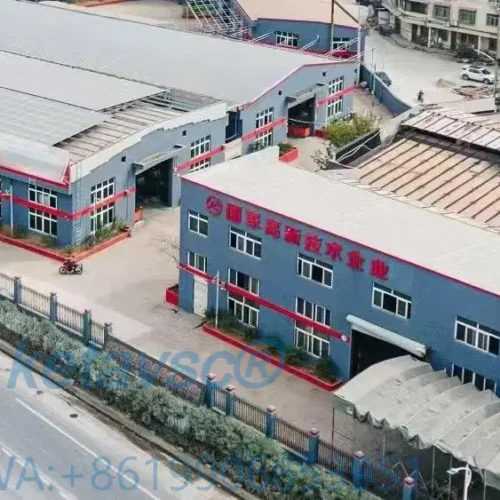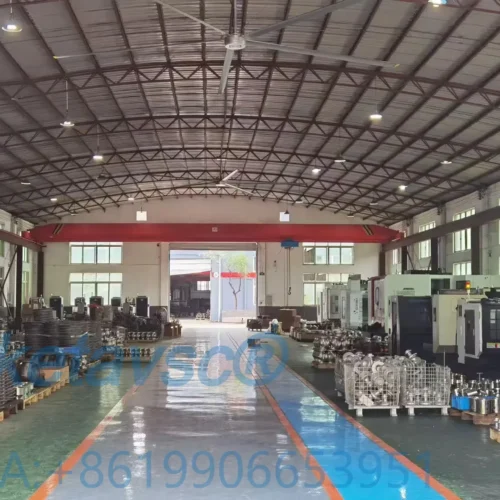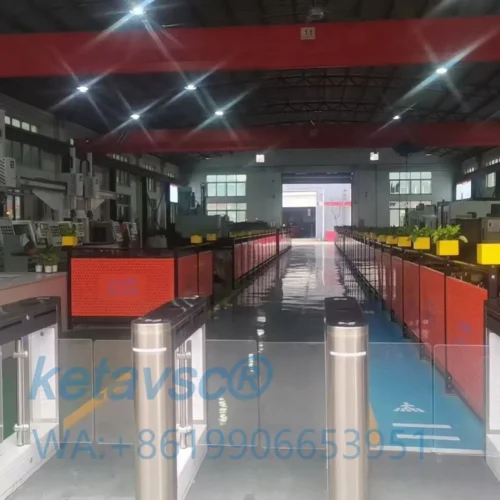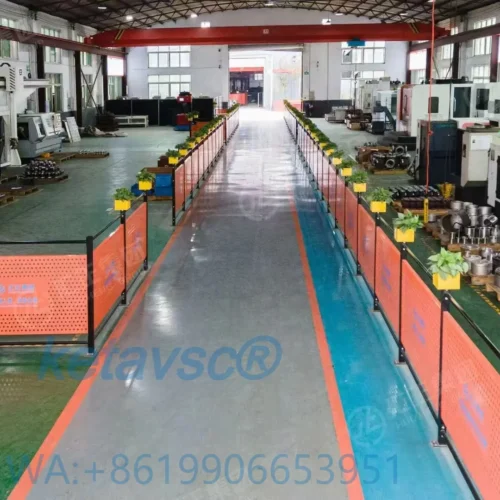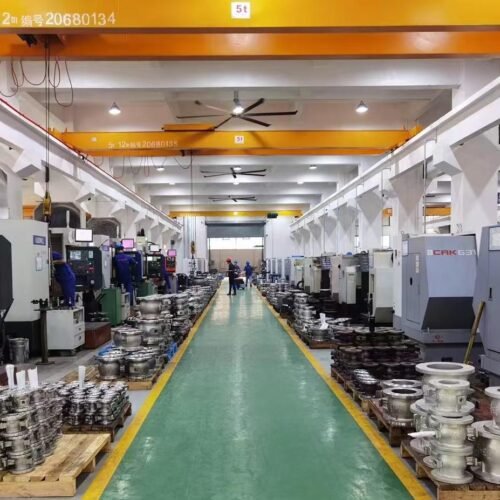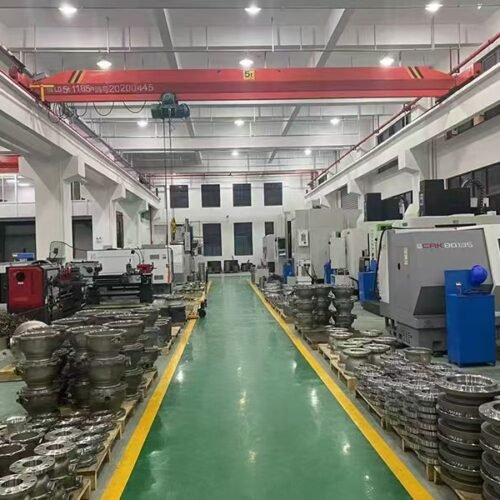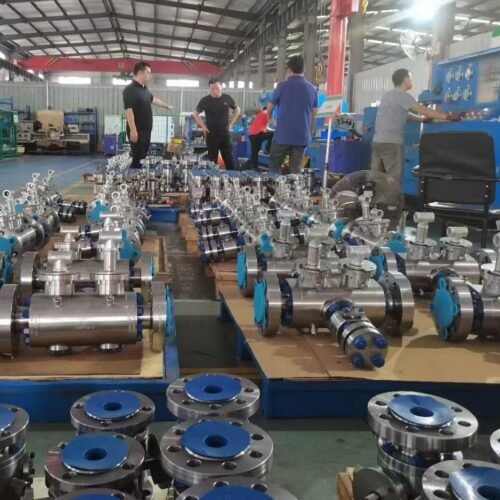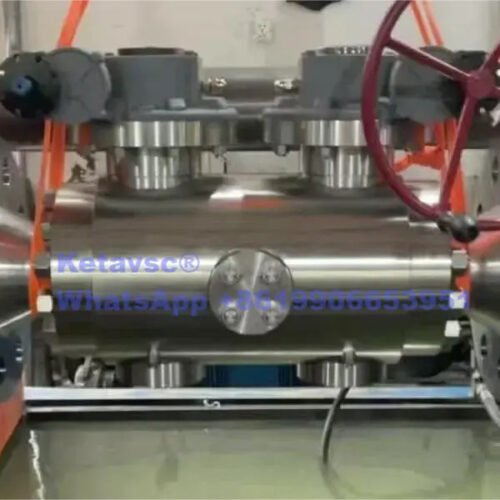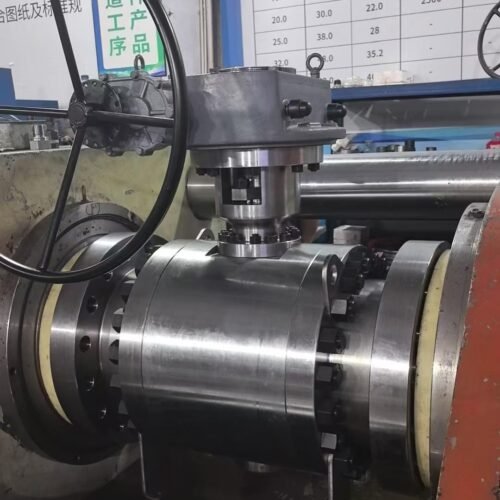keta valve manufacture workshop
keta valve manufacture workshop
The keta valve manufacture workshop is located in wuxing industrial zone ,oubei town, yongjia county , Wenzhou City, Zhejiang Province, China ,covering with an area about 10 acres,over 100 employees ,with 5 departments which is include design department ,production department ,technology department ,test /QA/QC department ,sales and after sales services department .
Looking ahead to the future, we adhere to the orientation of meeting customer needs, with the goal of building a well-known brand, not forgetting our original intention, and forging ahead. With the strong support of leaders, experts, and customers at all levels, and through the joint efforts of all employees, we work together with elites from all walks of life to create brilliance.
industry valve manufacture workshop composition
Casting workshop
Smelting Zone
1. Main equipment: medium frequency induction melting furnace, electric arc furnace and other melting equipment.
2. Function: All kinds of raw materials are melted according to a certain formula to achieve the required liquid metal state and provide raw materials for the casting valve blank.
Molding area
1. Main equipment: jolt molding machine, shoot molding machine and other molding equipment, as well as sand box, mold and other auxiliary equipment.
2. Function: According to the design requirements of the valve, the sand mold is made to prepare for the pouring of liquid metal.
Pouring area
1. Main equipment: pouring bag, pouring machine and other pouring equipment.
2. Function: The melted liquid metal is accurately poured into the sand mold, so that it is cooled and solidified into the valve blank.
Drop sand cleanup area
1. Main equipment: shakeout machine, shot blasting machine and other cleaning equipment.
2. Function: The cooled valve blank is separated from the sand mold, and the sand and impurities on the surface are removed to prepare for the subsequent processing.
Forging shop
Blanking area
1. Main equipment: sawing machine, flame cutting machine, plasma cutting machine and other cutting equipment.
2. Function: According to the size requirements of the valve forging parts, the raw materials are cut into appropriate billets.
Heating zone
1. Main equipment: gas heating furnace, resistance heating furnace and other heating equipment.
2. Function: heating the blank after blanking to a certain temperature, so that it has good plasticity, easy to forge processing.
Forge area
1. Main equipment: air hammer, friction press and other forging equipment, as well as forging operators and other auxiliary equipment.
2. Function: forging the heated billet to form the shape and size required by the valve forging parts.
Cooling zone
1. Main equipment: cooling water tank, air cooling equipment, etc.
2. Function: The forged valve forging parts are cooled to eliminate internal stress and improve their mechanical properties.
Machine shop
Turning area
1. Main equipment: ordinary lathe, CNC lathe and other turning equipment.
2. Function: The valve body, valve cover, valve stem and other parts of the turning processing, including the outer circle, the inner hole, the end face and other parts of the processing.
Milling area
1. Main equipment: ordinary milling machine, CNC milling machine and other milling equipment.
2. Function: milling the flange of the valve, connecting bolt holes and other parts.
Boring area
1.Main equipment: ordinary boring machine, CNC boring machine and other boring equipment.
2. Function: Boring the inner hole of the valve body, valve cover and other parts to improve the accuracy and surface quality of the inner hole.
Grinding zone
1. Main equipment: surface grinder, cylindrical grinder and other grinding equipment.
2. Function: Grinding the sealing surface of the valve core, seat and other parts to improve the sealing performance.
Welding shop
Staging area
1. Main equipment: bevel processing machine, grinder and other equipment.
2. Function: Groove processing and surface cleaning of valve parts that need to be welded to prepare for welding.
Weld zone
1. Main equipment: welding machine, argon arc welding machine, carbon dioxide gas shielded welding machine and other welding equipment.
2. Function: Welding the various parts of the valve to make it connected as a whole.
Check area
1. Main equipment: flaw detector, weld detector and other testing equipment.
2. Function: Quality inspection of the welded valve to ensure that the quality of the weld meets the requirements.
Assembly shop
Parts cleaning area
1. Main equipment: cleaning machine, ultrasonic cleaning machine and other equipment.
2. Function: Clean the processed valve parts, remove the oil and impurities on the surface, and prepare for assembly.
Assembly area
1. Main equipment: assembly workbench, lifting equipment, etc.
2. Function: The valve parts after cleaning are assembled according to the design requirements, including the installation of valve body, valve cover, valve core, valve stem, seals and other components.
Debug area
1. Main equipment: pressure testing machine, flow testing equipment, etc.
2. Function: Debug and test the assembled valve to ensure that the performance and quality of the valve meet the requirements.
Inspection workshop
Visual inspection area
1. Main equipment: visual testing equipment, measuring tools, etc.
2. Function: Check the appearance of the valve, including surface quality, dimensional accuracy, identification and other aspects of the inspection.
Pressure test area
1. Main equipment: hydraulic testing machine, pressure testing machine, etc.
2. Function: Perform pressure test on the valve to check the sealing performance and strength of the valve.
Performance test area
1. Main equipment: flow test equipment, resistance test equipment, etc.
2. Function: Test the valve’s flow coefficient, resistance coefficient, opening and closing torque and other performance indicators to ensure that the valve’s performance meets the requirements.
Surface treatment workshop
Sandblast area
1. Main equipment: sandblasting room, sandblasting machine and other equipment.
2. Function: The valve is sandblasted to remove the surface oxide and rust, and improve the surface quality and corrosion resistance of the valve.
Pickling zone
1. Main equipment: pickling tank, pickling pump and other equipment.
2. Function: Pickling the valve to further remove impurities and rust on the surface and prepare for subsequent surface treatment.
Phosphating zone
1. Main equipment: phosphating tank, phosphating pump and other equipment
2. Function: The valve is phosphating, forming a phosphating film on the valve surface to improve the corrosion resistance and adhesion of the valve.
Painting area
1. Main equipment: spraying equipment, drying equipment, etc.
2. Function: The valve is painted, including the spraying of primer, top paint and other coatings to improve the appearance quality and corrosion resistance of the valve.
Storage workshop
Raw material warehouse
1. Main function: Store various raw materials required for valve production, such as steel, cast iron, seals, etc.
2. Storage requirements: classified storage, do moisture-proof, rust-proof and other protective measures.
Semi-finished product warehouse
1. Main function: Store semi-finished products in the valve production process, such as casting blanks, forged parts, processed parts, etc.
2. Storage requirements: Classified storage according to the production schedule and process, easy to manage and call.
Finished goods warehouse
1. Main function: Store qualified valve products, waiting for delivery.
2. Storage requirements: Take packing and protective measures, and store them according to specifications, models and customer requirements, so as to facilitate delivery and management.
The valve shop consists of a number of functional areas, each with its own specific equipment and functions, to work together to complete the valve manufacturing process. Through reasonable layout and efficient management, the efficiency and quality of valve production can be improved to meet market needs.
Raw material Preparation area
The raw material preparation area is the starting point of the valve machining production line, which is mainly responsible for the reception, inspection and pretreatment of raw materials. This area according to the material requirements of the valve, select the appropriate raw materials, such as cast steel, stainless steel, copper and so on. After cutting, grinding and other pretreatment, raw materials are sent to the roughing area for further processing.
Rough processing
The roughing area is the key link of the valve machining production line, which is mainly responsible for the roughing of the valve shell and parts. This area is equipped with various kinds of CNC machine tools and machining centers, through cutting, milling, drilling and other processes, the raw materials are processed into parts that meet the requirements. After the roughed parts are checked and qualified, they are sent to the finishing area for further processing.
Finishing
The finishing area is the core area of the valve machining production line, which is mainly responsible for the finishing of the valve shell and parts. This area is equipped with high-precision CNC machine tools and processing equipment, through grinding, polishing, boring and other processes, to further improve the dimensional accuracy and surface quality of parts. After the finished parts are strictly inspected to ensure that they meet the design requirements, they are sent into the heat treatment area for heat treatment.
Heat treatment area
The heat treatment area is an important link in the valve machining production line, which is mainly responsible for the heat treatment of the valve shell and parts. Heat treatment can change the structure and performance of the material, improve the corrosion resistance, strength and wear resistance of the valve. The heat treatment area is equipped with all kinds of heat treatment equipment, such as heating furnace, quenching equipment, tempering equipment, etc., by controlling the heating temperature, holding time and cooling speed and other parameters, to achieve the heat treatment of materials.
Test area
The inspection area is the quality control link in the valve machining production line, which is mainly responsible for the comprehensive inspection of the processed valves. The testing area is equipped with all kinds of testing equipment and instruments, such as coordinate measuring machine, hardness tester, spectrum analyzer, etc., through dimensional measurement, hardness testing, chemical composition analysis and other testing means to ensure that the performance indicators of the valve meet the design requirements
request a free quote
we would like to collaborate with you
Send us a message if you have any requests or need a help with flow control. we will responds within 10 minutes and help you with personalized support with quickly quote .
Email :sales@ketavalve.com
WhatsApp :+8619906653951

